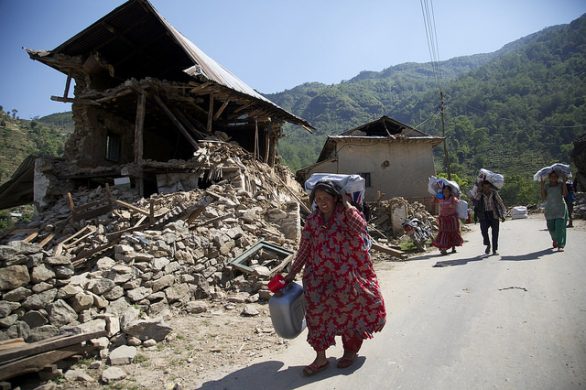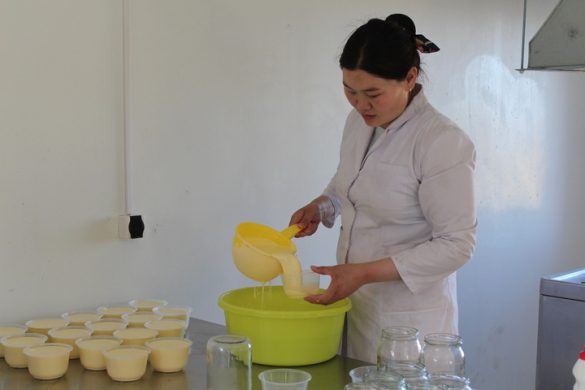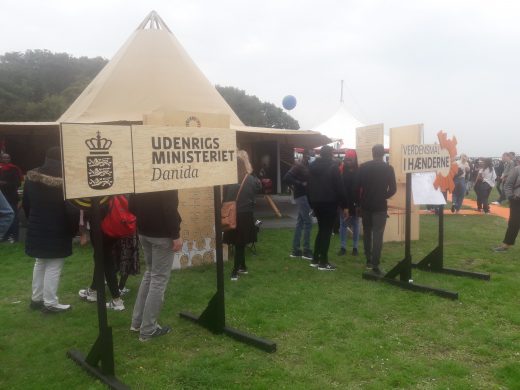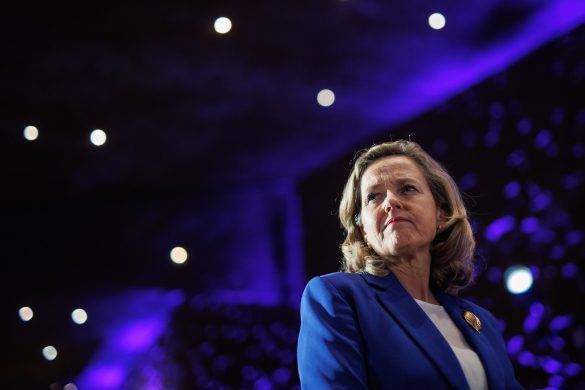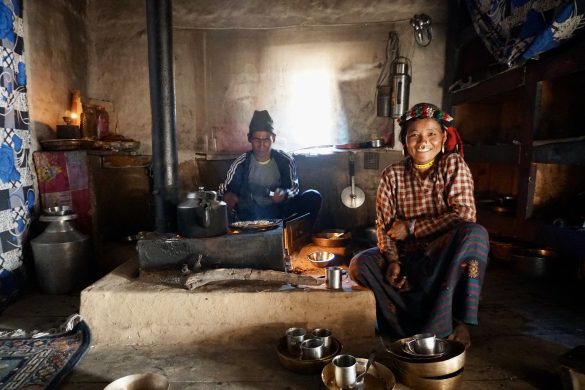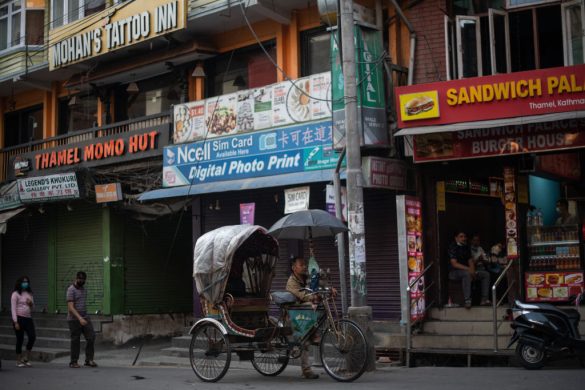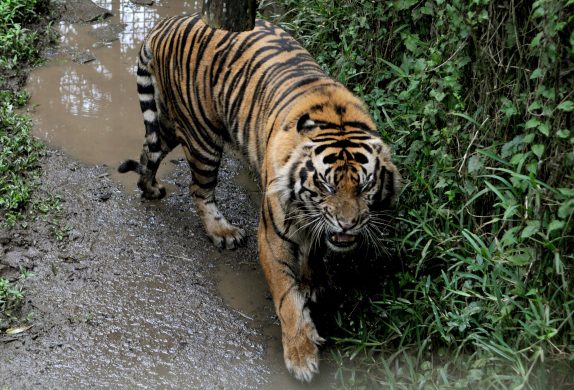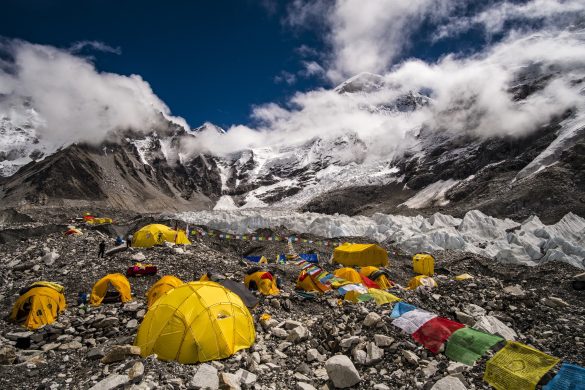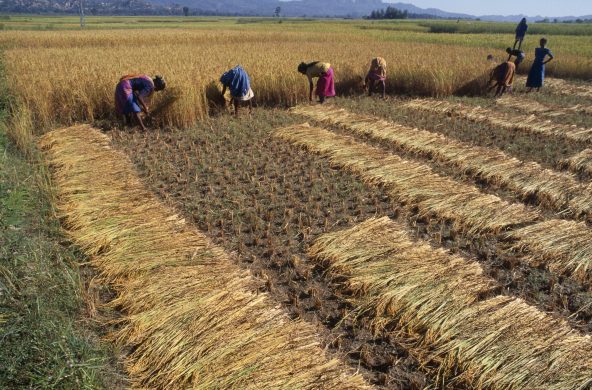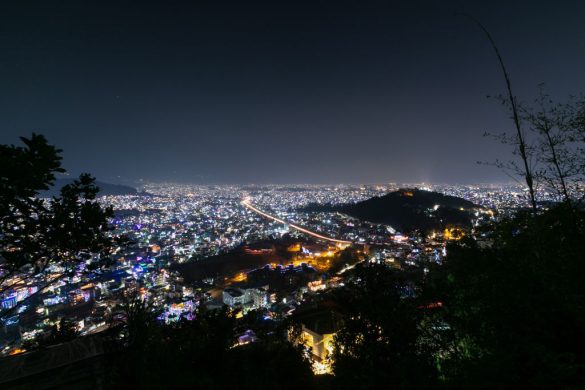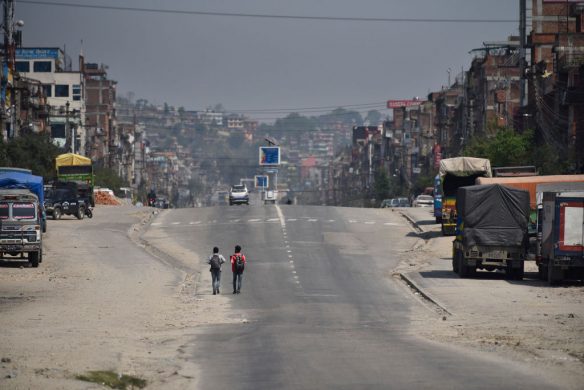On 9 April Rachana and I were at the dinner table a few minutes past seven, when suddenly there was a groan and a jolt that seemed to have lifted the house and put if back amidst the clank of the kitchen utensils.
The lift and shake stopped within a few seconds. It was a magnitude 4.5 earthquake with epicenter at Nakkhu, less than 2 kilometers from where we live.
I asked the Gopal Guragain, Executive Chairman, Ujyaalo FM, why the station was counting the quakes.
Stories of hope and suffering
Those reports from the villages were made possible by a locally conceived radio program designed to make sure there was accountability in the efforts of both government and international agencies helping people to rebuild from the rubble.
International Media Support, a Denmark-based media development organization, responded to the request from Nepal to Jamani (Eyewitness in English).
The support helped train and mentor reporters in 10 earthquake-affected districts to serve as the eyes and ears for the station on the ground.
Their reports were then broadcast three days a week both in Kathmandu on stations in 10 earthquake-affected districts.
Relief support and reunited families
In one district people not affected by the quake had managed to get relief support because they had the political connections. After the story was broadcast about 100 people returned the US$150 they had received.
In another village, the real victims had not received the relief allowance because local politicians couldn’t agree on who should get it. A Jamani reporter investigated the story. Three days after the story was broadcast, the politicians agreed on the list of beneficiaries and people were able to receive the allowance.
Yet another story on the show helped to reunite a family five months that had been separated for five months after the quake. As the story goes, the wife and the daughter of a blind man had gone to the market when they were injured in the quake. They were helicoptered to Kathmandu for treatment while the husband in the villages waited for news.
A Jamani reporter tracked down the injured at a Kathmandu hospital and broadcast the story on their wellbeing that the husband was able to listen. Later with donations from Nepalis working in the Middle East, Ujyaalo helped reunite the family.
The project ended in January this year but the reporters who were trained and their radio stations have continued to carry the program.
How the money is spent
A small portion of this money comes from the pledges donors had made in June to provide $4.1 billion for the reconstruction effort.
Binod Bhattarai is a media advisor for International Media Support in Nepal and is now also assisting the NRA in its communication.

